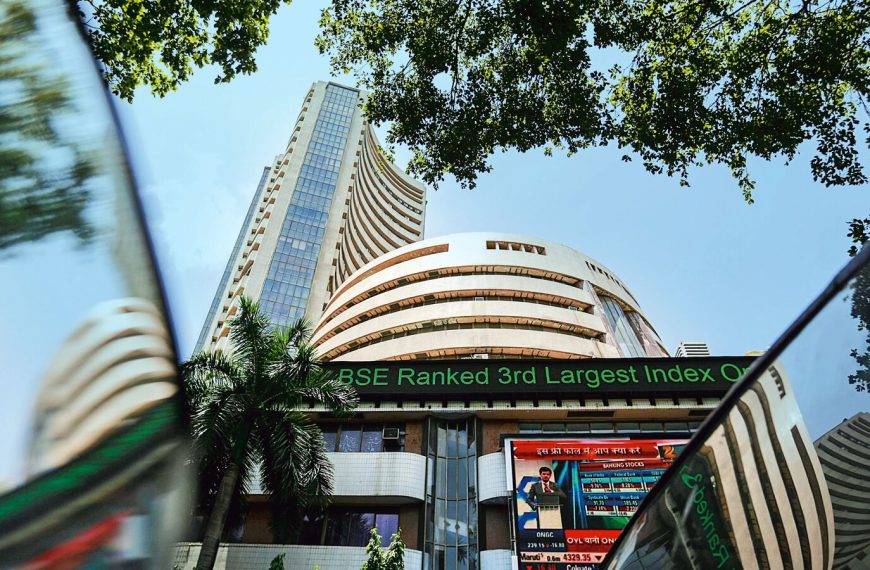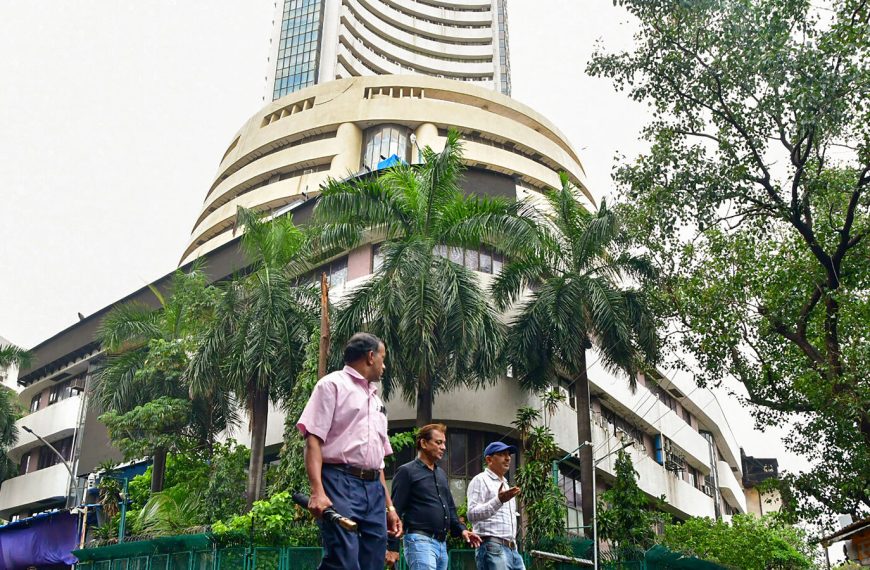The Indian stock market has experienced a remarkable surge in April, with both the Nifty 50 and Sensex indices climbing over 12% from their lows earlier in the month. This newfound optimism is not limited to large-cap stocks; the Nifty Smallcap 100 index has skyrocketed by 19.25% since April 7, while the Nifty Midcap 100 has risen by 16.45%. However, amidst this bullish trend, experts warn that several underlying issues could inhibit sustainable growth.
Factors Behind the Market Rebound
One key player in this market revival is Kotak Institutional Equities, a domestic brokerage firm. They suggest that the current market sentiment may reflect a certain level of complacency. The indices trading above the levels seen on ‘Liberation Day’ indicate that many investors believe all challenges have been addressed.
Nevertheless, Kotak highlights several persistent concerns that could dampen future market performance:
- Lower GDP Growth: Analysts expect both global and domestic economic growth rates to decline.
- Ongoing Tariff Disputes: The resolution of trade issues continues to lag, with no clear timelines in sight.
- Earnings Downgrades: Companies may face further reductions in profit forecasts, impacting stock valuations.
- High Valuations: Many sectors, including large-cap financials, are approaching fair value, which might limit upside potential.
Trade Relations and Tariff Implications
The brokerage reflects a cautious stance regarding the potential for trade agreements between India and the US in the near future. With only 75 days remaining in the current negotiation window that began on April 9, the atmosphere remains tense.
Currently, countries are on an even playing field concerning tariffs on their exports to the US, but clarity on final tariff rates and non-tariff barriers is still lacking. The US has imposed a 10% reciprocal tariff on imports, which varies for specific countries, particularly China.
India’s Position in Trade Negotiations
There is a general belief that India may benefit from the ongoing tariff discussions, especially as the US looks to finalize its trade arrangements. However, the specific reciprocal tariffs for India—whether they fall at 10%, 26%, or another rate—might be less critical than non-tariff considerations.
- Trade Surplus Reduction: To improve relations, India is anticipated to increase imports from the US, particularly in sectors like defense and energy.
- Challenges in Defense and Energy Imports: The timeline for defense agreements is lengthy, and competition for energy imports will be fierce, as nations like Europe, Japan, and South Korea also seek to enhance their energy purchases from the US.
Market Sentiment and Earnings Outlook
Kotak believes that the market’s optimism regarding earnings is unwarranted. They point out two main discrepancies:
- Overestimation of Export Sector Revenues: The street may be overly bullish on sectors like automobiles, IT services, and pharmaceuticals, given the uncertain global economic landscape.
- Profitability Assumptions: Companies in consumption sectors might not be able to maintain profit margins as competitive pressures rise, despite lower raw material costs.
For instance, Bharat Forge and Tata Motors could face revenue declines due to high tariffs, and delayed decision-making in IT services may further impact profitability.
Conclusion
As the Indian stock market rides this wave of optimism, it remains crucial for investors to stay vigilant. While the immediate outlook appears positive, the underlying challenges—ranging from economic growth uncertainties to trade negotiations—could significantly influence future market performance. Adapting to these realities will be key for investors navigating this dynamic landscape.











